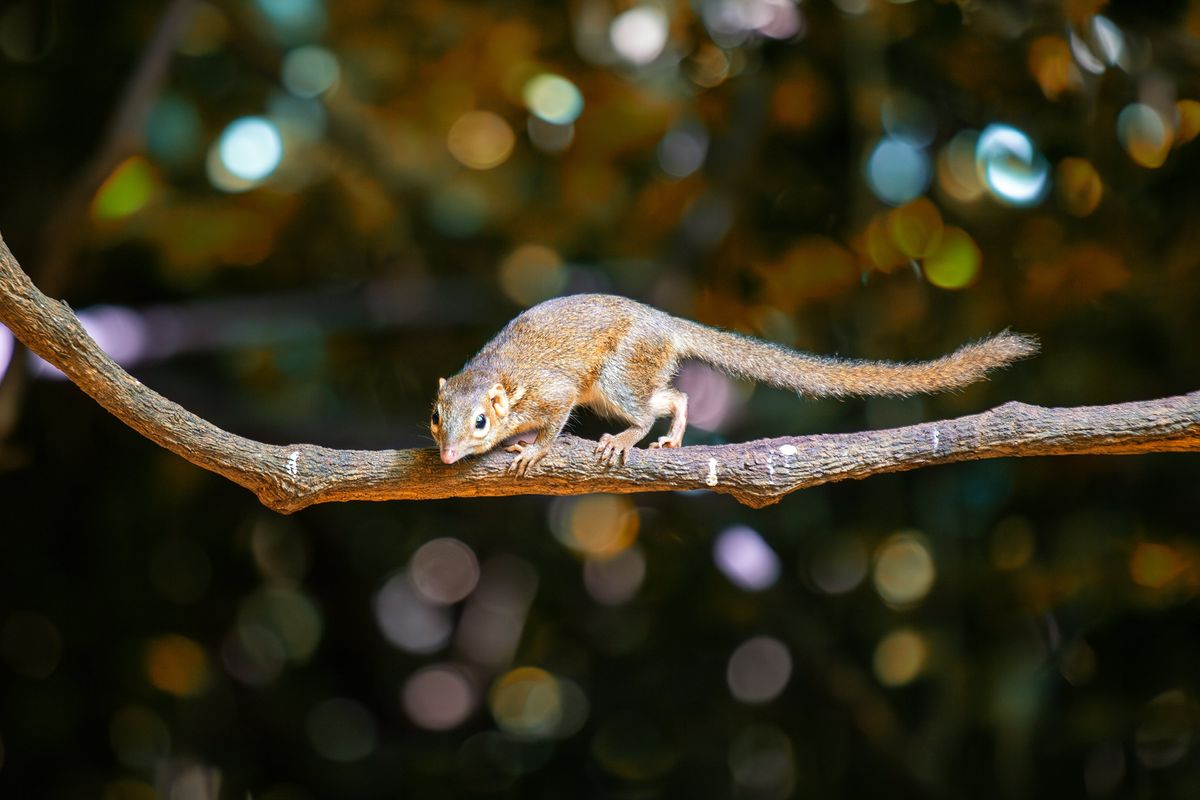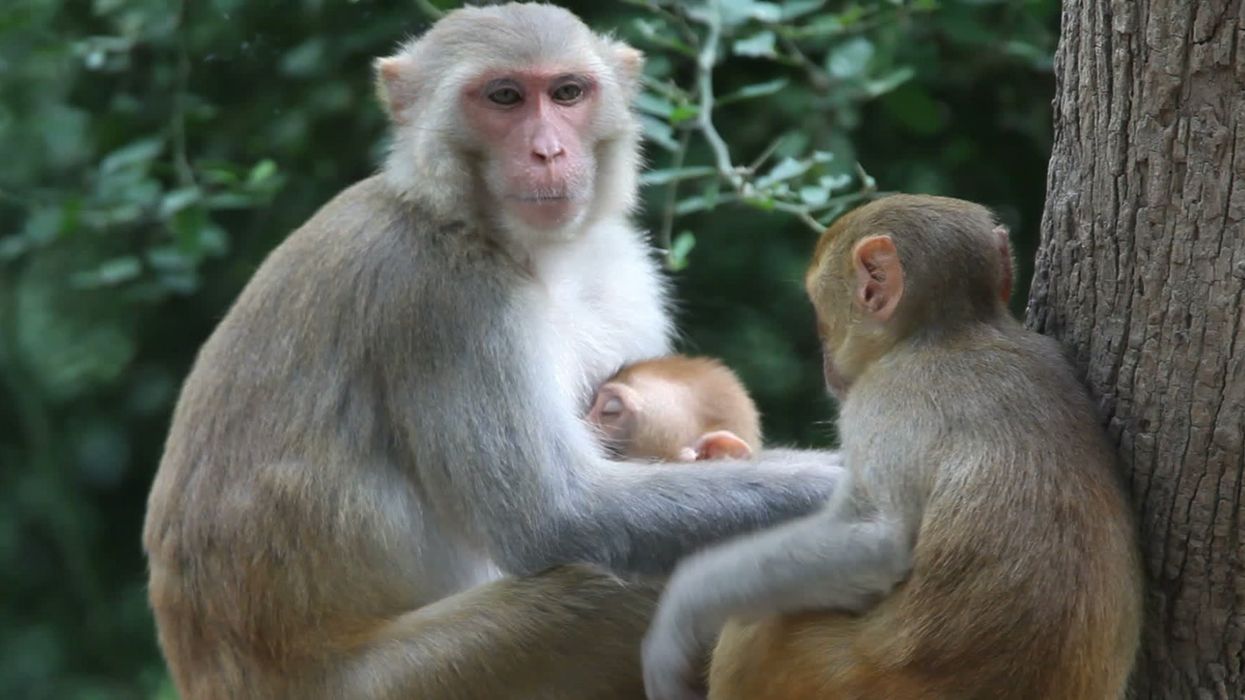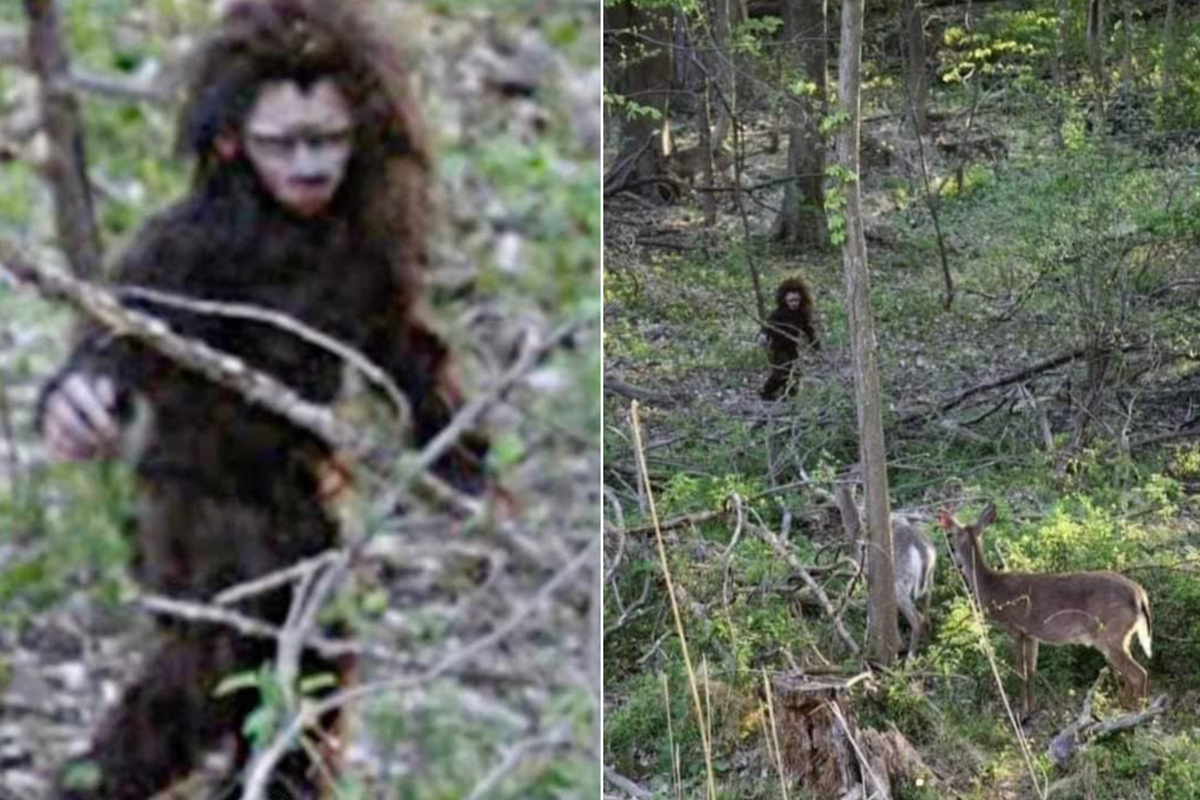Sinead Butler
Oct 31, 2024
Aging Animals Reduce Social Interactions, Gaining Health Benefits – Study Finds
Cover Media - Shareable / VideoElephant
It isn’t just humans who like to drink alcohol, as a review of published evidence has found that animals also consume the substance.
“Evidence is growing that humans are not drinking alone,” the authors wrote in Trends in Ecology and Evolution.
This is because naturally there is alcohol within every ecosystem on the planet, so chances are that a lot of animals feed on plant products such as sugary fruits.
Just like us, how exactly a species can handle the effects of the booze varies. While some can protect themselves and gain calories from the feed, there are other animals less capable of managing it.
“We’re moving away from this anthropocentric view that alcohol is used by just humans and that actually ethanol is quite abundant in the natural world,” said Anna Bowland, a researcher in the team at the University of Exeter.
Within this research, scientists discovered a “diverse coterie” of species that have included ethanol as part of their diet as a result of consuming fermented fruits, sap and nectar.
So when did Ethanol first appear?
Copious amounts of the stuff first occurred on Earth a long time ago (100m years to be exact).
It could be found in flowery plants which produced sugary fruits and nectar that yeast could ferment – and the alcohol strength would depend on the plant’s ripeness. For example, it would usually be just a low 1 per cent to 2 per cent alcohol by volume (ABV), but if the planet was overripe this could soar up to 10 per cent ABV.
What are some examples of animals we know consume alcohol in the wild?
Species from spider monkeys in Panama consume yellow mombin fruit which contains 1 per cent and 2.5 per cent alcohol, while wild chimpanzees in southeastern Guinea were seen snacking on the alcoholic sap of raffia palms, a particular study discovered.
Can animals get drunk?
There have been stories of animals under the influence, such as “from elephants and baboons drunk on marula fruit in Botswana to a moose found with its head stuck in a tree in Sweden after chomping on fermented apples”.
However, the amount of alcohol measured wasn’t in the animals nor the fruit in these particular instances.
You may be surprised to hear that a lot of animals have a pretty good tolerance to the substance.
Experts found no evidence of pen-tailed treeshrews becoming inebriated from the “prodigious ethanol consumption” but at the same time, it is not exactly known “how an inebriated treeshrew would behave”.

Scientists also discovered that animals that can metabolise alcohol quickly typically eat fermented foods, but metabolising at a rapid rate can have some negative consequences.
Take the Cedar waxwings for instance, who binge on the over-ripe berries of the Brazilian pepper tree. This results in them metabolising the alcohol, causing them to crash into fences and die due to what you could classify as drunk flying.
“Inebriation is not beneficial in an environment where you are fighting to survive,” Bowland noted.
When humans feel rejected by a romantic interest, many will hit the drink – just like male fruit flies when turned down as a mate – who knew?
Being intoxicated also impacts the females of a closely related species who become less picky about their mates and have sex with more males.
Perhaps the most striking effects of alcohol are seen in insects. Male fruit flies turn to alcohol when they are rejected as a mate, while females of a closely related species become less picky about their mates and have sex with more males after imbibing. Fruit flies lay their eggs in ethanol-rich foods, protecting them from parasites.
Now, the real question is… which species can handle their alcohol the best?
It turns out oriental hornets are the ones who can handle it the best, as researchers led by Eran Levin at Tel Aviv University discovered earlier this month that the insects are possibly the only species which can have an unlimited amount of alcohol without any of the negative effects (unlike us humans).
“They can ingest up to 80 per cent ethanol solution without any negative effects on their mortality or behaviour,” said Dr Sophia Bouchebti, a co-author of the study.
“Aside from the fruit fly, aye aye and slow loris, it is unclear if animals prefer ethanol-containing food,” said Matthew Carrigan at the College of Central Florida, who also collaborated on the review.
He added that one of the “next steps” in this research is to look at whether “animals in the wild prefer ethanol-containing food or eat it only when ethanol levels are too low to detect or unfermented fruit is hard to find”.
“One of our next steps is the test whether animals in the wild prefer ethanol-containing food or eat it only when ethanol levels are too low to detect or unfermented fruit is hard to find.”
How to join the indy100's free WhatsApp channel
Sign up to our free indy100 weekly newsletter
Have your say in our news democracy. Click the upvote icon at the top of the page to help raise this article through the indy100 rankings.
Top 100
The Conversation (0)













